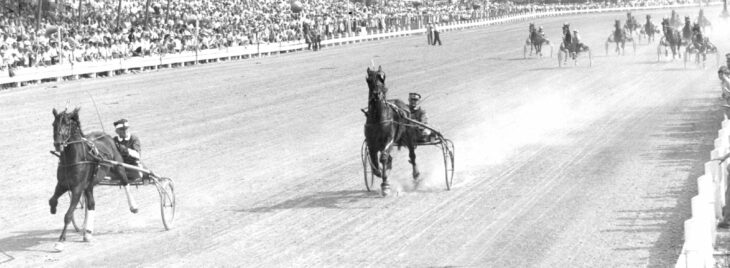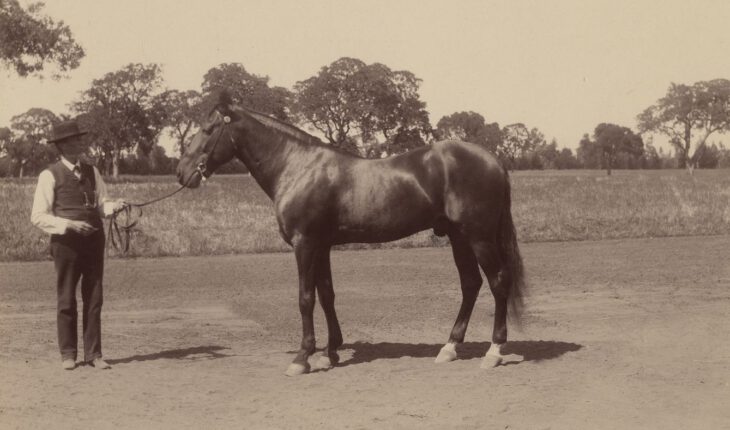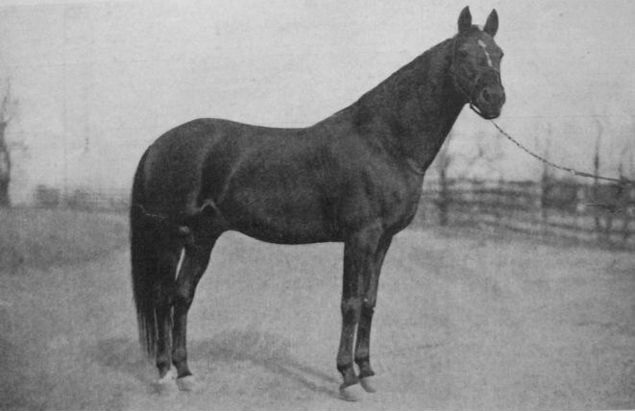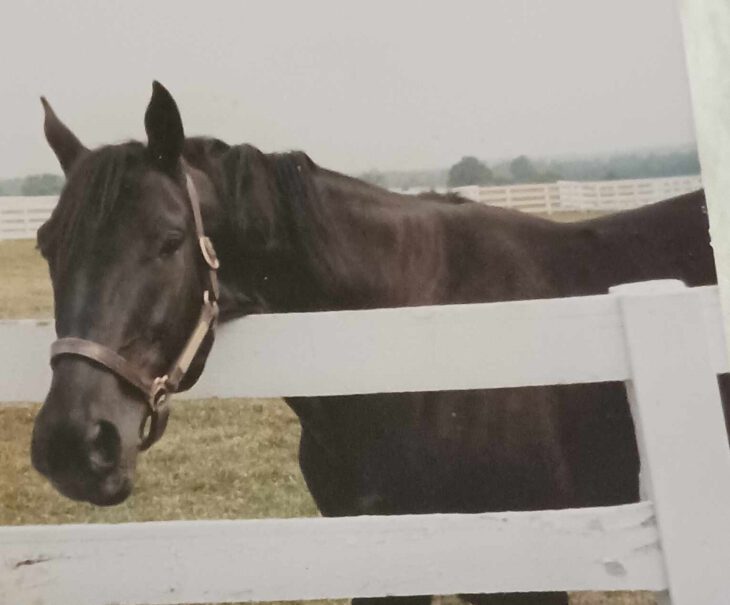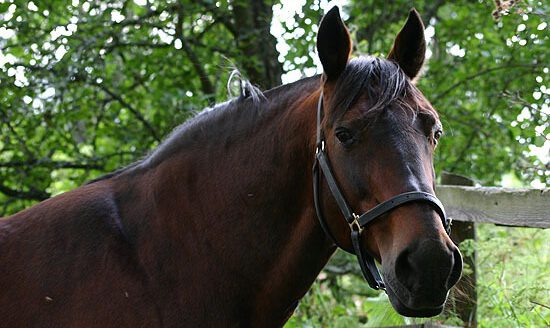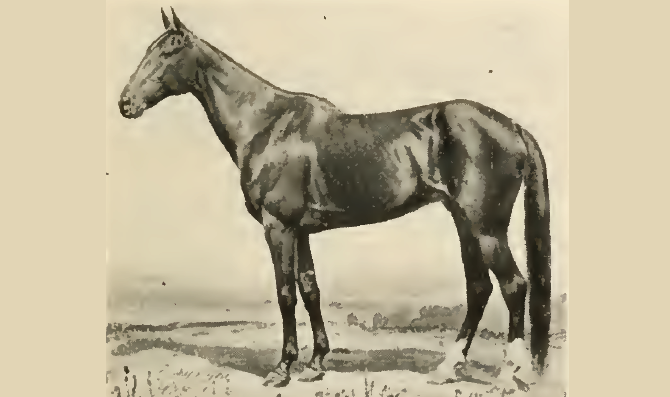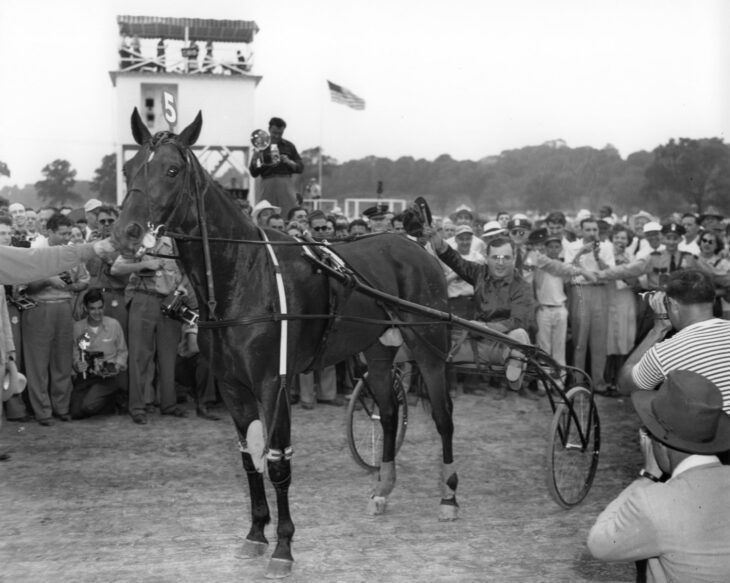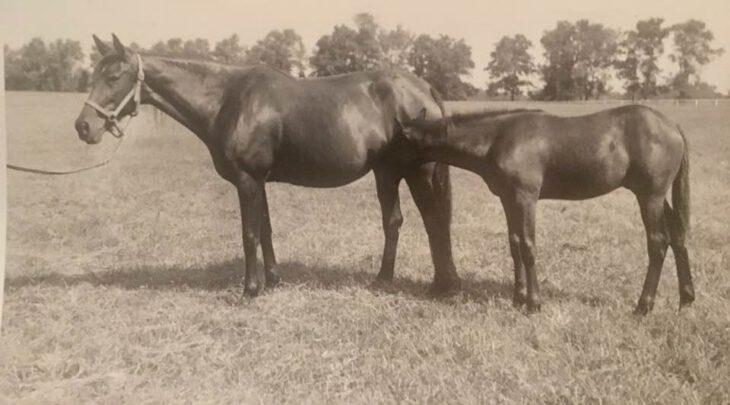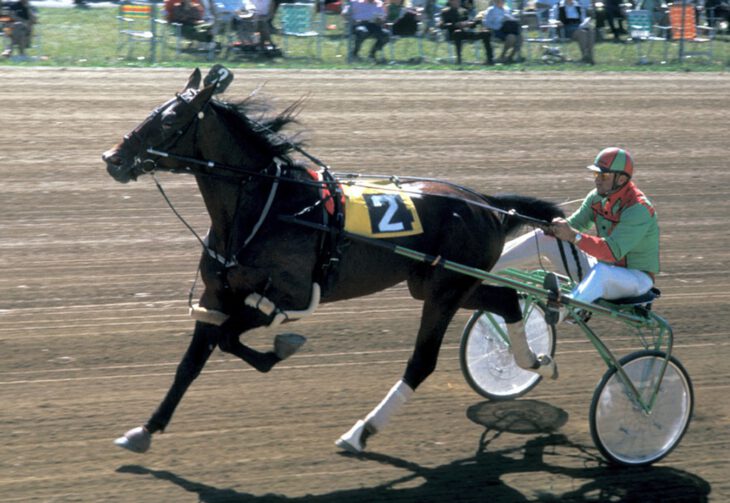A rugged black colt, Hoot Mon became known as the Hambletonian winner who sired four winners of the same race, earning him nickname the nickname of “the Hambletonian sire.”
Read MoreUSA
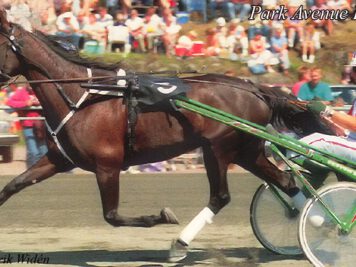
The queen’s terrible demise
She was a really good youngster in the US, winning the Hambletonian Oaks and Kentucky Futurity filly, and blossomed into one of...
Read More
The game superstar who raced herself to death
She was on her way to possibly becoming one of the best trotters in history when tragedy struck. The tale of Sadie Mac is one a...
Read More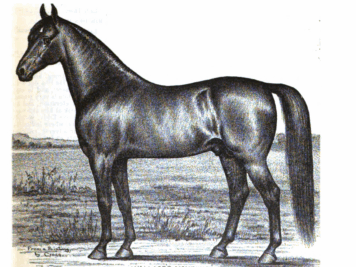
The great horse of San Mateo (and the Captain’s mare)
She was one of the most famous trotters around the time Hambletonian was born, but we don’t even know her name. In the mid...
Read More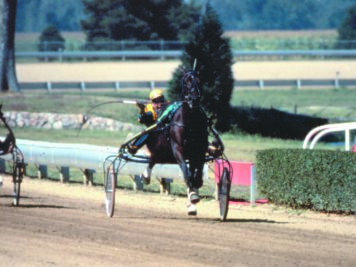
The terror
In the case of Nevele Pride, it is not only the horse that is legendary, but also his temperament. For every great race-related...
Read More
The last Yankee superstar
He was the last superstar trotter bred by Yankeeland Farms, the legendary Maryland-based farm that closed its doors in 2006...
Read More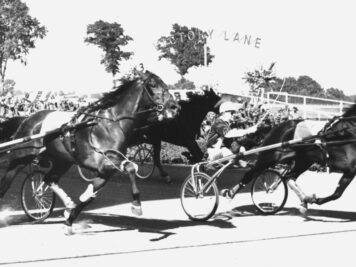
The juvenile delinquent
The third horse to win the trotting’s Triple Crown, Ayres, was always an great talent, but at 2 there were question marks...
Read MoreHe was broken, but never trained for a single race. When Electioneer was bought at 8 for a huge sum he had nothing to show for and buyer Leland Stanford was told by numerous people he had gambled on the wrong horse. As it turned out, however, it was Stanford who was right and everybody else who was wrong as Electioneer turned out to be the premier sire of trotters in the high-wheel sulky time.
Read MoreHe is a Hall of Fame sire and one of the initial stallions at Hanover Shoe Farms, who owned 31 broodmares by him upon his death. Though largely forgotten now, Dillon Axworthy was one of the best young trotters of his day – even as a yearling he showed a lot of speed – even though his manners were far from perfect. At stud he was even better and became a massively important stallion.
Read MoreA $2,000 yearling at the Tattersalls Select Yearling Sale in September 2001, the price tag gave no indications of what was to come from Mr Muscleman. The gentle giant overcome numerous problems enroute to stardom and left a lasting impression on every life he touched.
Read MoreHe was a star on the track before escaping death after a life-threatening infection. When an even more deadly disease took hold less than a year later, Mystic Park displayed “a will to live that is stronger than any I have ever encountered in a standardbred.” The colt would then go on to sire one of the best trotters the world has even seen.
Read MoreWhen Juhani Lagerstam started the Laukko trotting stud farm at Vesilahti in Finland he needed a few stallions to use on his many broodmares. The first stallion bought was Super Male, a very average stallion, but the second purchase, Choctaw Brave, imported to the land of the thousand lakes in 1981, changed absolutely everything.
Read MoreHe was the milk horse who turned into a world champion, but was treated badly as he was a tough cookie. Because of the treatment he received St Julien hated his trainer and driver, but the duo still worked well enough together to lower the world record three times.
Read MoreWhen Harrison Hoyt, more popularly known as “the Hat Man” in reference to his hat company, bought Demon Hanover for $2,600 at the Harrisburg auction in 1946 he couldn’t possibly know what a bargain he had on his hands. Even though Hoyt had promised his wife he wouldn’t spend more than $2,500, the extra 100 bucks was truly worth it. The Hoyts took Demon Hanover back to Bethel, CT where he would double as the family pet as he grew into one of the best trotter in the nation.
Read MoreConsidered the great broodmare of her time, Evensong may very well be one of the best broodmares of all times. Her temperament got in the way of a good racing career and the mare was eventually sold on the cheap. 300 dollars was all it took to acquire Evensong, who got her revenge in the breeding shed.
Read MoreBred by Almahurst Farm in Lexington and named for a famous golfer, Arnie Almahurst was a near identical clone of his sire – but with more quirky behavior. Known for erratic performances, his most eccentric characteristic was a fear of the starting gate. When he stayed focused, however, the horse was a formidable opponent. After a very promising start to his stallion career, Arnie Almahurst died way too early.
Read More
